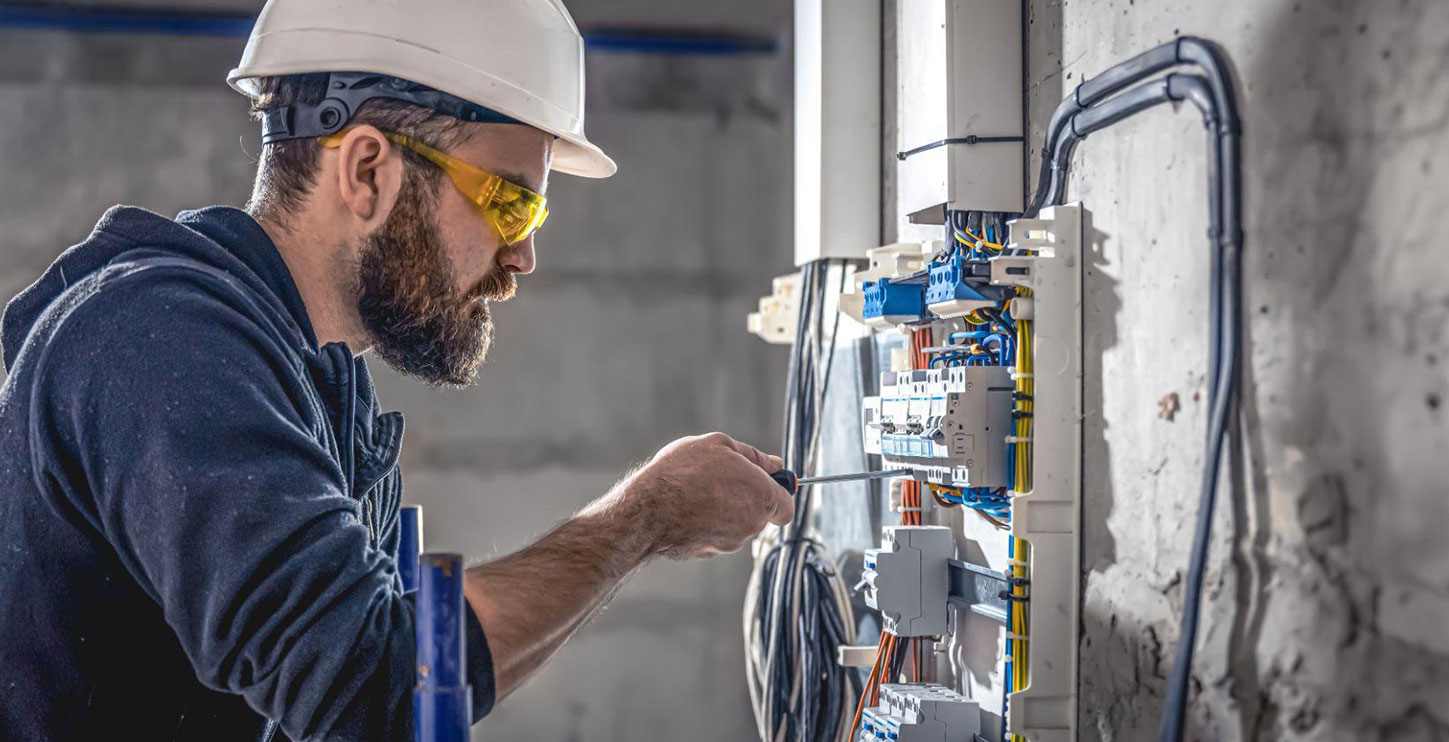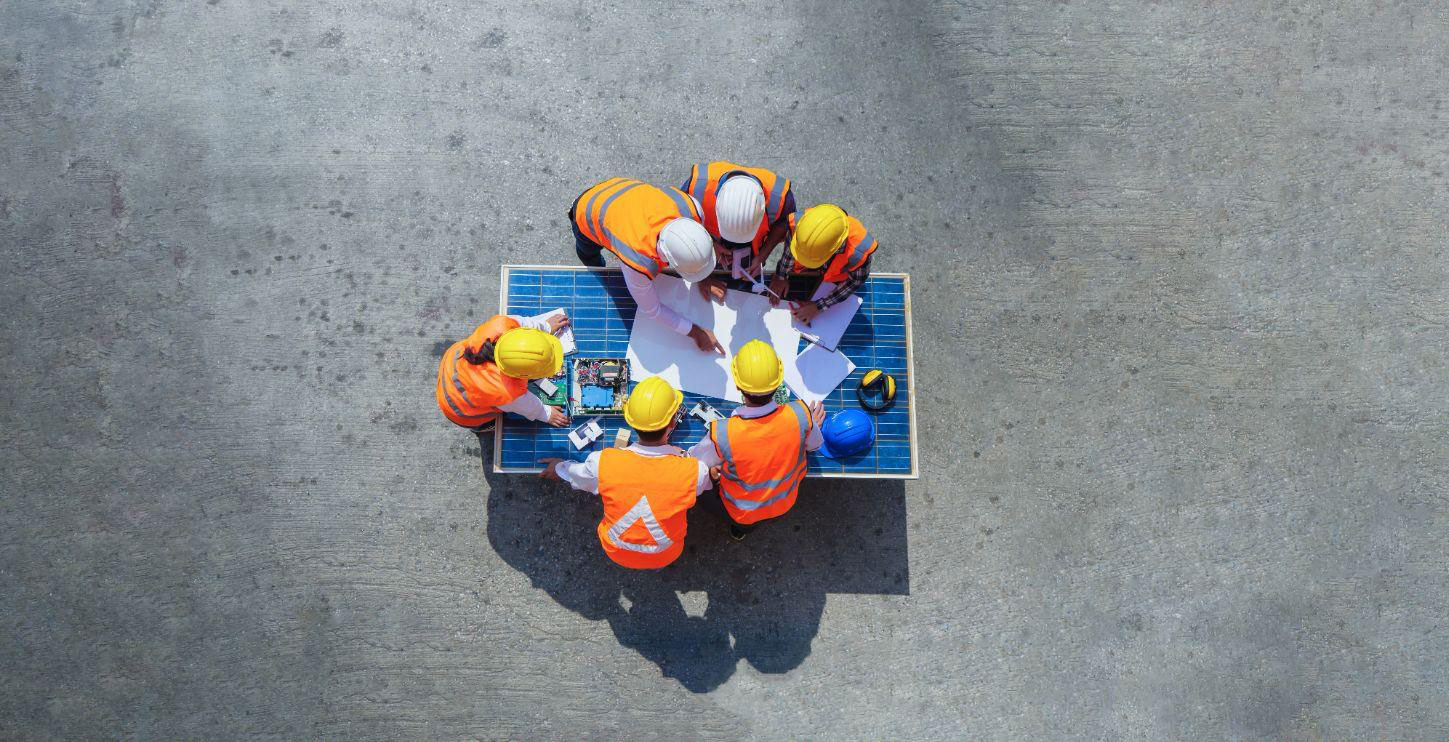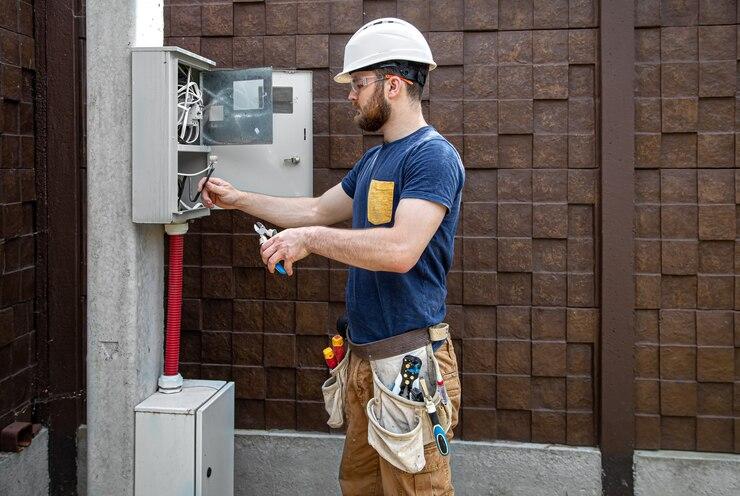Electrical Safety and Standards
Maintaining high standards in electrical safety is not just a legal requirement; it’s an essential step to ensuring that your home or workplace is protected from potential hazards. At Electrica Co., we believe that understanding electrical safety standards can help prevent accidents, promote energy efficiency, and provide peace of mind. Electrical safety standards govern every aspect of electricity use, from wiring installations to appliance maintenance. In this article, we’ll break down why these standards matter, how they keep us safe, and what you should know about staying compliant in Australia.
Table of Contents
ToggleKey Takeaways:
- Stay Compliant: Adhering to AS/NZS 3000 standards is essential for safety.
- Regular Inspections: Professional inspections can catch potential issues early.
- Prevent Common Hazards: Faulty wiring, overloaded circuits, and water exposure are common risks to look out for.
- Legal Requirements: Adhering to electrical safety standards is not just a matter of safety—it is a legal obligation.
- Expert Help: Professionals ensure installations and repairs meet the highest standards.
The Importance of Electrical Safety Standards
Electrical safety standards aren’t just guidelines—they’re lifesaving protocols. Every year, countless accidents are caused by electrical faults, many of which are preventable. Following these standards guarantees that electrical systems are properly installed and maintained, significantly reducing the risk of:
Fires: Electrical fires can often stem from faulty wiring or overloaded circuits, making it crucial to ensure that systems are installed and maintained according to safety regulations.
Electric shocks: Proper grounding, insulation, and safety devices, like RCDs, help prevent serious injuries or fatalities caused by direct contact with live electrical components.
Power outages: Electrical systems designed and installed in line with Australian standards are less prone to failures, helping to reduce the risk of inconvenient and costly power interruptions.
Australia’s electrical safety standards, such as those outlined by AS/NZS 3000 (the Wiring Rules), set the bar for safe electrical installations in residential, commercial, and industrial environments. These standards cover everything from the quality of the materials used in wiring to the exact methods employed in installation and ongoing maintenance.
The Role of Compliance
Compliance with electrical safety standards is not optional; it is required by law to protect both property and lives.
- Legal and financial consequences: Failure to follow electrical safety regulations can lead to serious legal and financial consequences, including substantial fines and possible legal action. For homeowners, non-compliance may also result in voided insurance policies, leaving them unprotected in the event of an electrical incident. Ensuring that both business owners and homeowners adhere to these safety guidelines and standards is essential to avoid such risks.
- Endangerment of lives and property: Non-compliance with safety standards greatly increases the risk of electrical malfunctions, which can lead to fires, electric shocks, and other hazardous situations. Adhering to regulations ensures that systems are installed and maintained to the highest safety standards, reducing the chances of accidents that could endanger lives.
Identifying Common Electrical Hazards
It is crucial to identify typical electrical risks in order to maintain a safe environment. Some of the most typical problems are listed below:
- Defective wiring: Old or improperly installed wiring can lead to overheating, greatly heightening the likelihood of electrical fires. Additionally, damaged or exposed wiring may result in electric shocks, posing a direct threat to the occupants of the building.
- Overloaded circuits: Plugging too many devices into a single outlet or extension cord can overload the circuit, leading to overheating, tripped circuit breakers, or even a fire. This is a particularly common issue in older homes with limited outlets.
- Water exposure: Electrical outlets, switches, or appliances that come into contact with water whether from leaks, spills, or humidity pose a serious risk of electrocution. This is especially dangerous in areas like bathrooms and kitchens where water is frequently present.
Regular inspections by licensed professionals ensure that these hazards are identified and resolved before they escalate into dangerous situations.
Standards in Action
- Industry-leading practices are followed to ensure all electrical services align with Australian safety standards. Expert teams handle everything from new installations to routine inspections, ensuring that electrical systems are both safe and efficient.
- Whether upgrading an office’s electrical infrastructure or performing a safety check for a home, only materials that meet Australian standards are used, and all work complies with AS/NZS 3000.
- By ensuring systems are properly installed and maintained, the dangers of electrical malfunctions are avoided, property is protected, and family or staff remain safe.
Conclusion
Electrical safety is a serious matter that should always be prioritised. Whether you’re a homeowner or a business owner, ensuring that your electrical systems meet Australian standards is critical for the safety of everyone involved. At Electrica Co., we’re committed to providing services that adhere to the strictest safety guidelines. If you need an inspection, installation, or just expert advice, get in touch with us today.
FAQs
The AS/NZS 3000 standards, also known as the Wiring Rules, provide guidelines for the safe installation of electrical wiring and equipment in residential, commercial, and industrial buildings. They are designed to minimise the risk of fire and electric shock.
It’s recommended that both businesses and homes undergo an electrical safety inspection every three to five years. However, older buildings may need more frequent inspections to ensure safety and compliance.
Non-compliance with electrical safety standards can result in fines, legal action, and an increased risk of electrical hazards such as fires and electric shocks. It can also invalidate your insurance policy in case of an electrical incident.
In Australia, all electrical work is required to be completed by a qualified and licensed electrician. DIY electrical work is illegal and highly dangerous, as it can lead to accidents and non-compliance with safety standards.
To protect your home, ensure regular professional inspections, avoid overloading circuits, and install safety devices such as RCDs (Residual Current Devices), which can prevent electric shocks.
If you suspect any issues with your wiring, it is crucial to promptly contact a licensed electrician for inspection. Do not attempt to inspect or fix the issue yourself, as this can be extremely dangerous.







